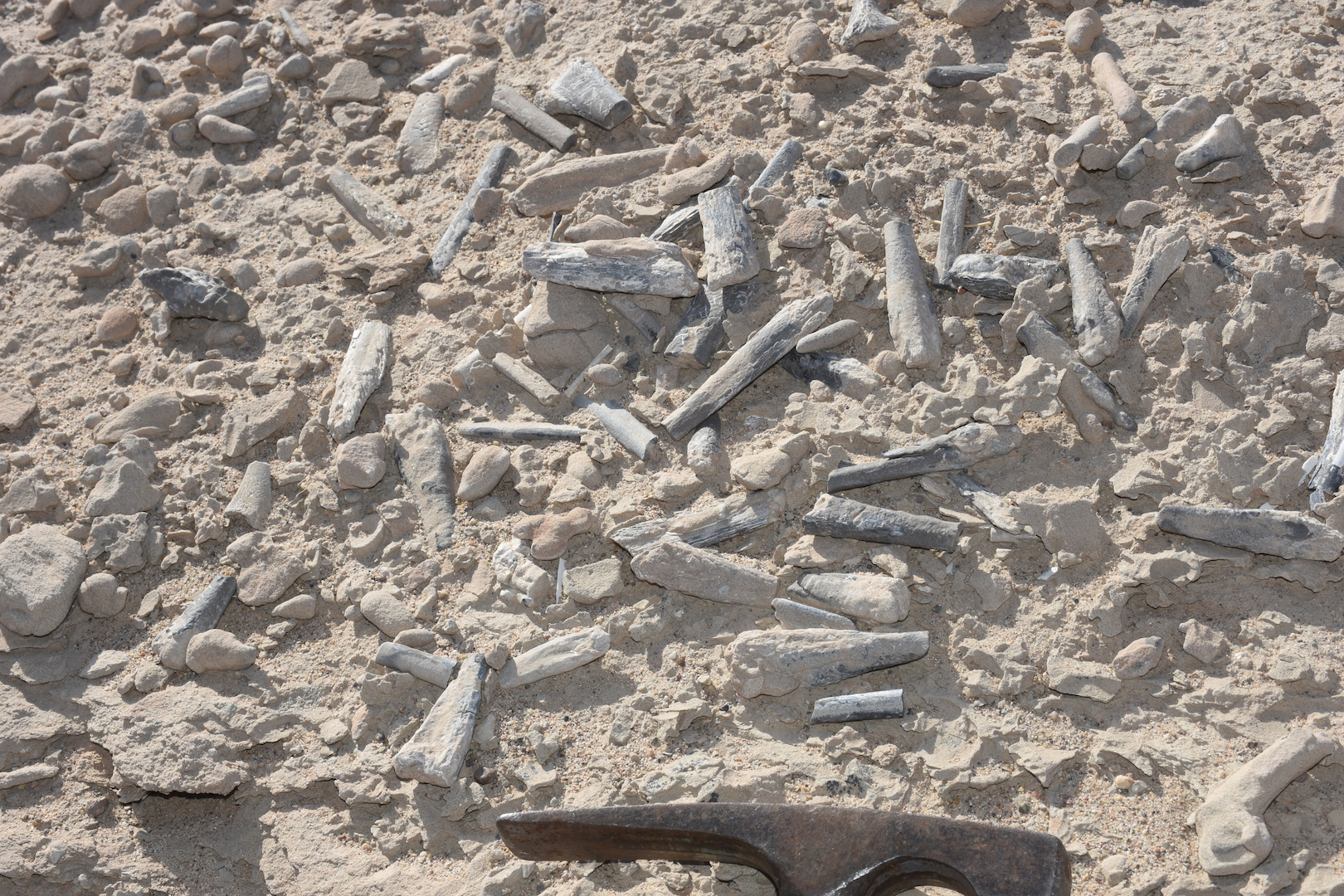
Fossilized eggs provide glimpse into prehistoric flying reptiles
Pterosaurs were flying reptiles that existed between 228 to 66 million years ago. Researchers are now gaining more insight into the development and behavior of these prehistoric creatures thanks to a collection of more than 200 fossilized eggs.
Until recently, scientists only had a total of eight pterosaur eggs that were well-preserved in structure with an embryo inside. Three of these eggs had been recovered in Argentina and five were from China.
But now, researchers have access to an unprecedented number of pterosaur eggs after 215 eggs were discovered on a Lower Cretaceous site in China.
Using computed tomography scanning, researcher Xiaolin Wang et al. was able to observe the inside the eggs, 16 of which contain embryonic remains of varying intactness. The most complete embryo has a partial wing and cranial bones visible, including a complete lower jaw.
In addition, there are good quality samples of thigh bones which are well-developed. This indicates that the pterosaur, or Hamipterus tianshanensis, relied on functioning hind legs soon after hatching.
The structure supporting the pectoral muscle, on the other hand, appears to be underdeveloped. This suggests that newly-hatched pterosaurs were most likely unable to fly, and leads the study authors to believe that newborns needed some parental care.
Over years of research, there has been a growing collection of evidence that pterosaurs had long incubation periods. This theory is supported by the discovery of an embryonic individual that appears to be at least two years old and was still growing when it died.
The findings of this study will appear in an upcoming issue of the journal Science, published by the American Association for the Advancement of Science.
—
By Chrissy Sexton, Earth.com Staff Writer
Image Credit: Alexander Kellner (Museu Nacional/UFRJ)













